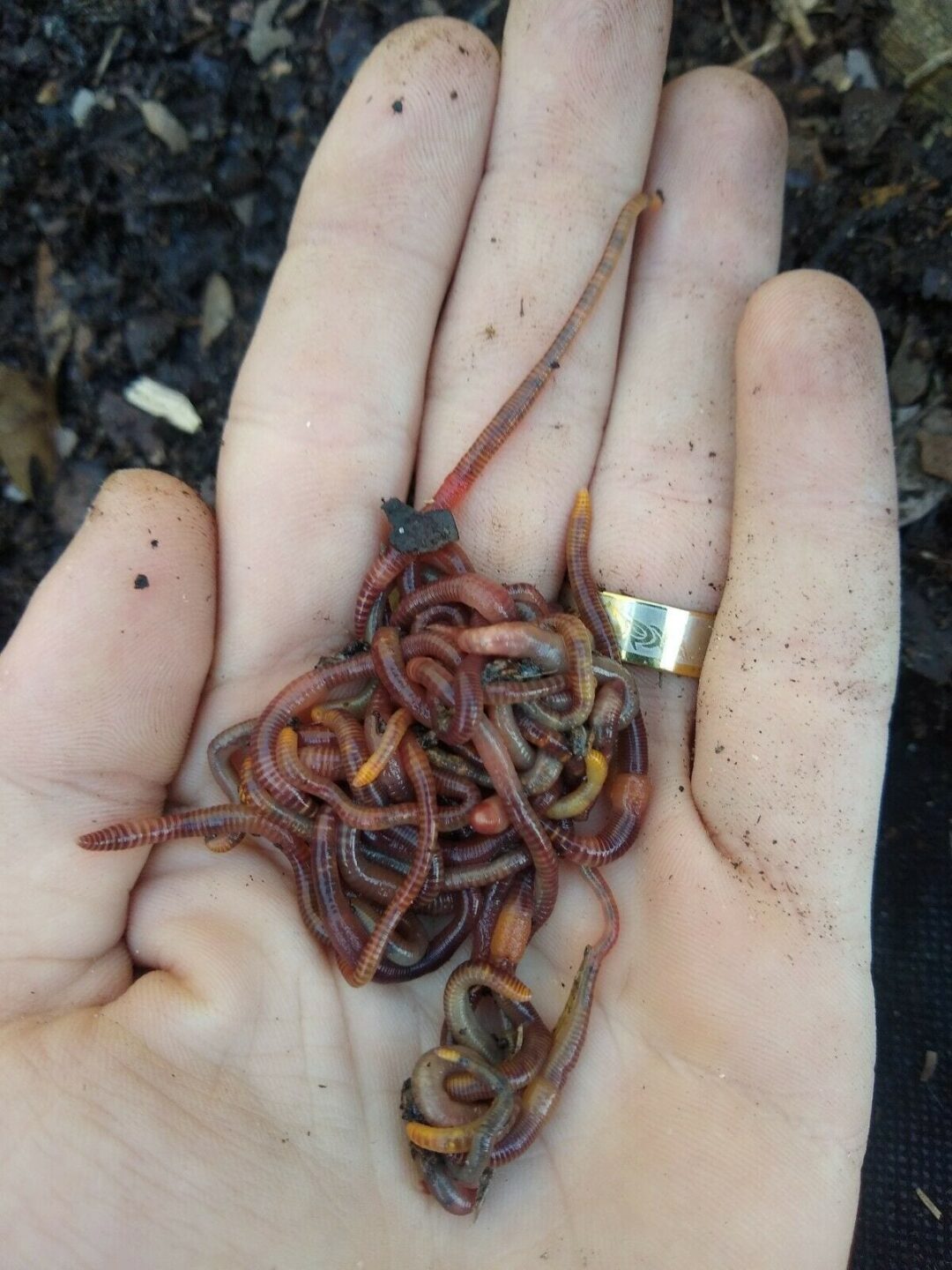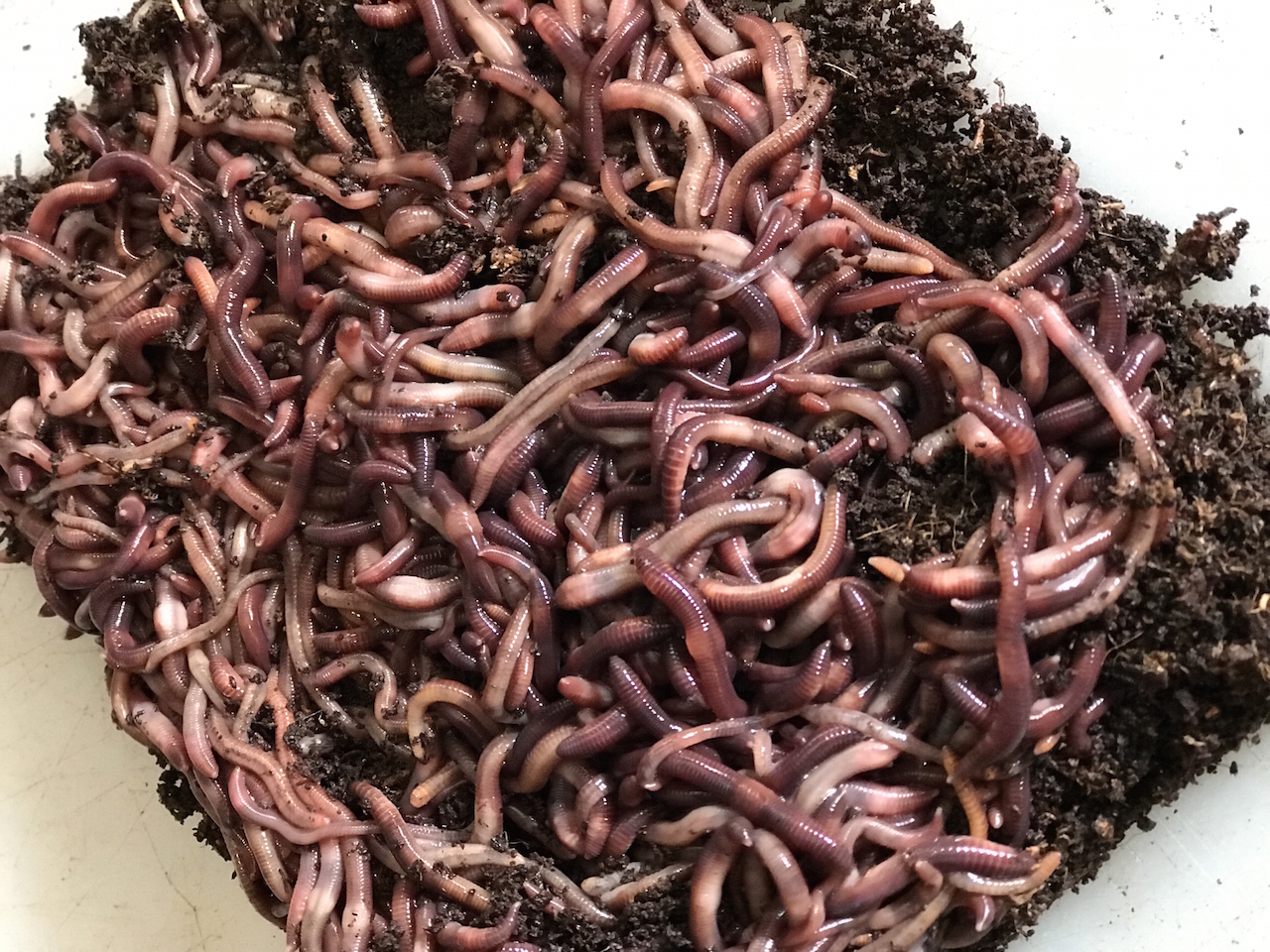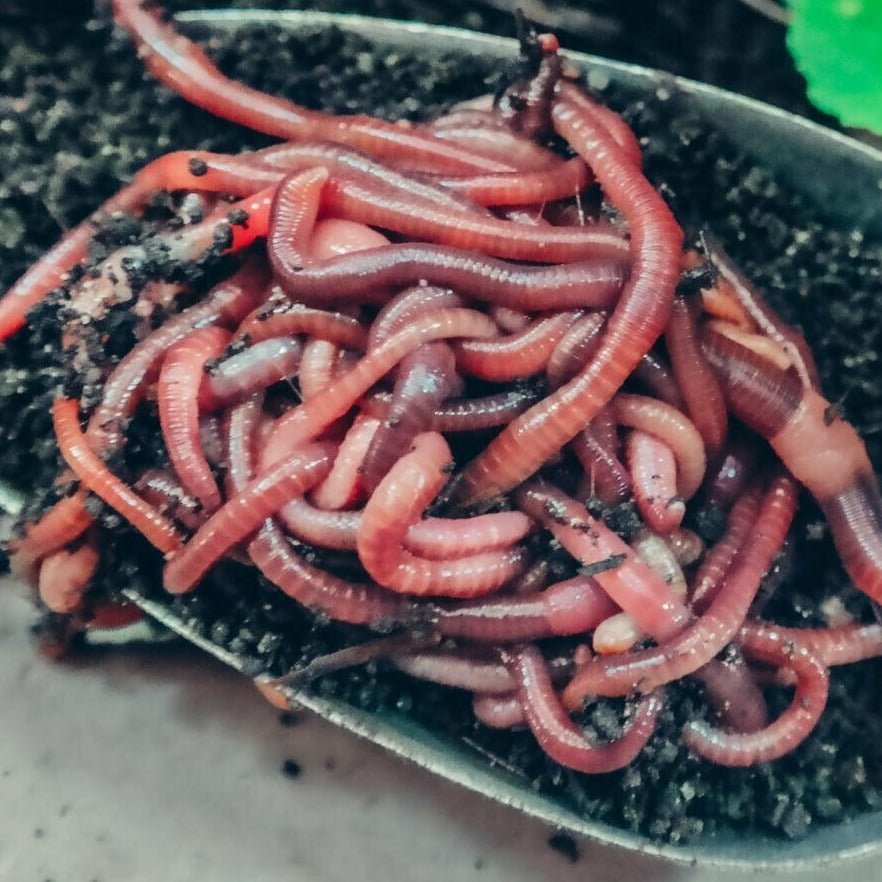Red Wigglers: The Unsung Heroes of Organic Waste Recycling
Red wigglers, or Eisenia fetida, function as critical agents in the natural waste recycling procedure, changing thrown out products right into important vermicompost. Their efficient malfunction of natural issue not just enhances dirt top quality but also adds to sustainable waste management methods. As the world progressively looks for remedies to combat waste accumulation and boost farming performance, recognizing the function of these worms becomes necessary. What systems allow them to thrive in compost settings, and just how can they be successfully made use of in both residential and industrial setups? Checking out these questions discloses the wider implications of vermicomposting in our environmental landscape.
What Are Red Wigglers?
The amazing durability of red wigglers, medically referred to as Eisenia fetida, emphasizes their critical duty in natural waste recycling. These little, reddish-brown earthworms are usually discovered in decaying raw material, such as garden compost piles and manure stacks. Lake Hickory Bait. Unlike other earthworm species, red wigglers prosper in nutrient-rich settings and are extremely effective at damaging down natural materials, making them necessary for vermicomposting

(Red Wiggler Express)In enhancement to their function in waste decrease, red wigglers add to soil health and wellness by improving soil framework and aeration with their burrowing tasks (Lake Hickory Bait). Their presence in composting systems not only enhances decomposition prices yet also advertises a lasting method to throw away administration, highlighting their value in ecological conservation initiatives
Benefits of Composting With Worms
Composting with worms, specifically red wigglers, supplies countless advantages that boost both waste monitoring and soil health. First, these worms effectively damage down natural waste, converting it into nutrient-rich vermicompost that enhances dirt. This procedure accelerates disintegration, enabling a much faster recycling of cooking area scraps and other natural products compared to traditional composting methods.
Furthermore, the vermicompost created by red wigglers is including useful microbes, which aid improve soil structure, oygenation, and moisture retention. This improves the overall wellness of plants, advertising vigorous development and enhanced yields in yards and farming settings. Moreover, the usage of worms in composting minimizes the manufacturing of greenhouse gases, such as methane, contributing to a much more sustainable waste monitoring system.

Just How to Begin Vermicomposting
Developing a vermicomposting system is an uncomplicated procedure that can yield considerable advantages for both waste administration and dirt enrichment. To start, choose an ideal container, such as a plastic bin or wooden box, with sufficient air flow holes to make sure correct airflow. The measurements should ideally be around 2 feet by 3 feet, allowing sufficient area for the worms to prosper.
Next, prepare bed linens product, which can include shredded newspaper, cardboard, or coconut coir. This bedding must be dampened to produce an ideal habitat for the worms. As soon as the bedding remains in place, present red wigglers (Eisenia fetida) into the bin, commonly around one extra pound of worms for each square foot of surface.
Adhering to the placement of worms, include natural waste, such as fruit and veggie scraps, coffee premises, and crushed eggshells. With these actions, you will properly launch a vermicomposting system that contributes to lasting waste monitoring and enriches your dirt.
Maintaining a Healthy And Balanced Worm Bin
(Red Wiggler Express)Maintaining a worm bin prospering requires routine attention and care to guarantee the wellness of the red wigglers and the performance of the composting procedure. Proper upkeep begins with keeping track of the moisture degrees; the container must be wet yet not waterlogged. An excellent policy of thumb is to maintain an uniformity comparable to a wrung-out sponge.
Gently blending the bedding and food scraps every couple of weeks stops compaction and makes certain that all worms have access to oxygen. Additionally, it is essential to feed the worms Red Wiggler Express appropriately.
If the bin becomes too warm or cold, the worms might come to be stressed. By diligently handling these aspects, one can preserve a robust and efficient worm container.
Influence on Sustainable Living
The successful upkeep of a worm bin not just profits the health and wellness of red wigglers yet additionally adds substantially to lasting living practices. By recycling organic waste, such as kitchen area scraps and yard particles, red wigglers aid divert significant amounts of material from garbage dumps. This reduction in waste not just reduces greenhouse gas discharges but also lessens the ecological worry associated with waste monitoring.
Additionally, the castings generated by red wigglers act as a nutrient-rich organic plant food, boosting dirt wellness and promoting plant growth. This natural choice to chemical plant foods supports lasting agriculture and horticulture methods, decreasing reliance on synthetic inputs that can damage ecosystems. Furthermore, worm composting fosters understanding of waste monitoring, urging individuals and neighborhoods to adopt more lasting behaviors.

Conclusion
In recap, red wigglers work as important contributors to organic waste recycling through their efficient decomposition of natural products. Their capability to create nutrient-rich vermicompost boosts dirt health and sustains sustainable agricultural practices. By integrating vermicomposting right into waste monitoring techniques, individuals and areas can substantially lower waste while advertising environmental sustainability. The duty of Eisenia fetida in fostering healthy and balanced ecosystems emphasizes the importance of these organisms in achieving lasting living and enhancing soil fertility.
 Danny Tamberelli Then & Now!
Danny Tamberelli Then & Now! Haley Joel Osment Then & Now!
Haley Joel Osment Then & Now! Alexa Vega Then & Now!
Alexa Vega Then & Now! Mary Beth McDonough Then & Now!
Mary Beth McDonough Then & Now! Stephen Hawking Then & Now!
Stephen Hawking Then & Now!